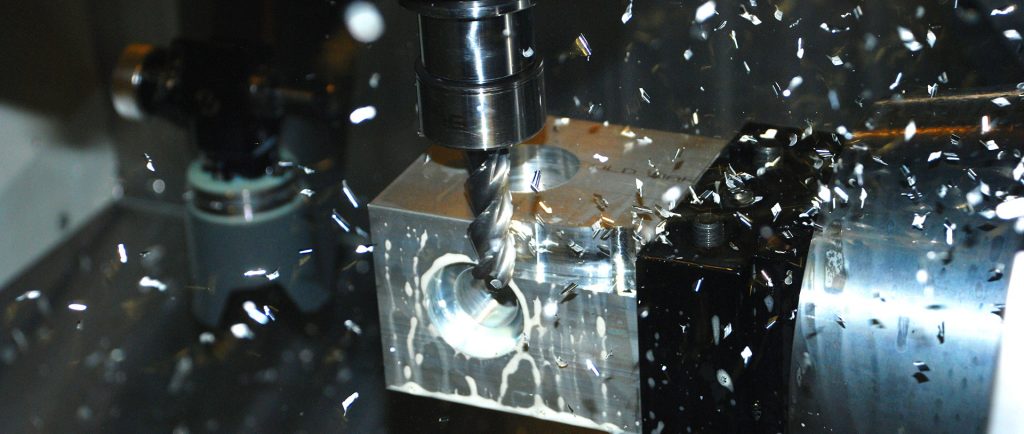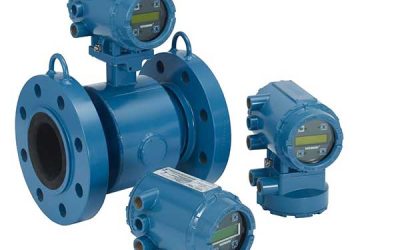Heating or cooling liquids to specific temperatures in any type of food or beverage processing industry or in the manufacturing of pharmaceutical products, bio-medical production or in dairy processing require careful methods to provide consistent heat and temperature control.
The Basics
When the heat needs to be transferred between two liquids a plate type heat exchanger is the most common device used in these industries. The plates on either side that are in contact with the two liquids are large in surface space, which allows for more even heating or cooling over the smaller types of heat exchangers that are used in engines or other types of equipment and processing applications.
With a greater surface area, more of the liquid on either side of the plate type heat exchanger makes contact with the surface and changes temperature to the desired level. Additionally, with more liquid making contact, there is less time required to make the temperature change, even with large volumes of fluids.
The History and Modern Design
The first plate type heat exchanger was invented in 1923 by Dr. Richard Seligman. He was actually creating the invention to use as one of his own products for sale to the brewery and vegetable oil processors. His first designs were marketed by his company the Aluminum Plant & Vessel Company Limited.
Today’s designs of plate heat exchangers offer several differences over the original design. There are specialized designs for high-pressure systems or when there is limited space in the processing system. Typically, the series of plates on the device are made of stainless steel due to its ability to withstand corrosion or surface deterioration from exposure to liquids as well as the ability of stainless to tolerate extreme temperature changes without bending, warping, cracking or becoming brittle.



